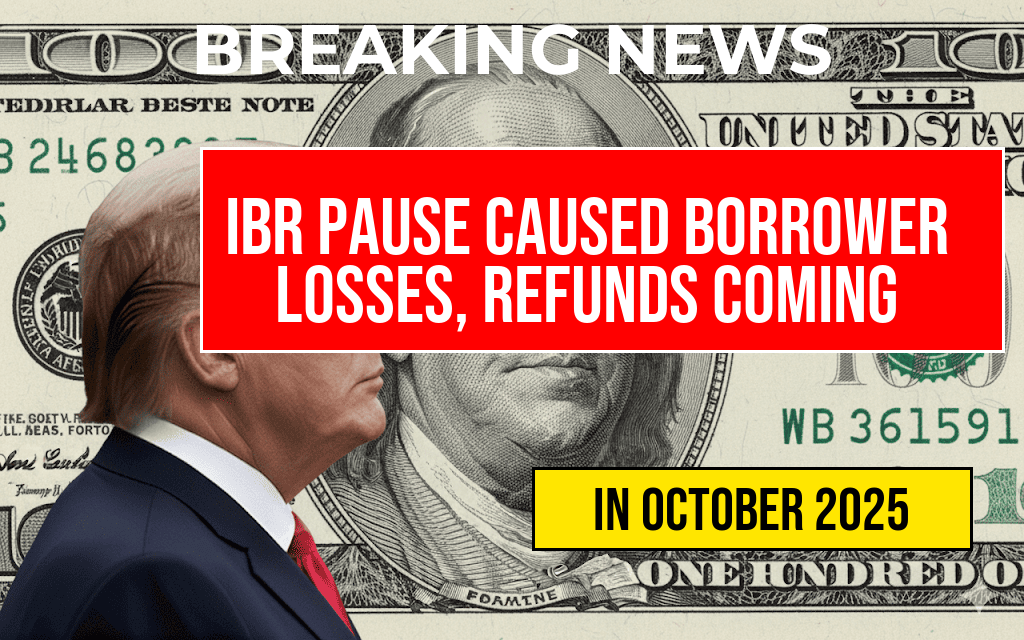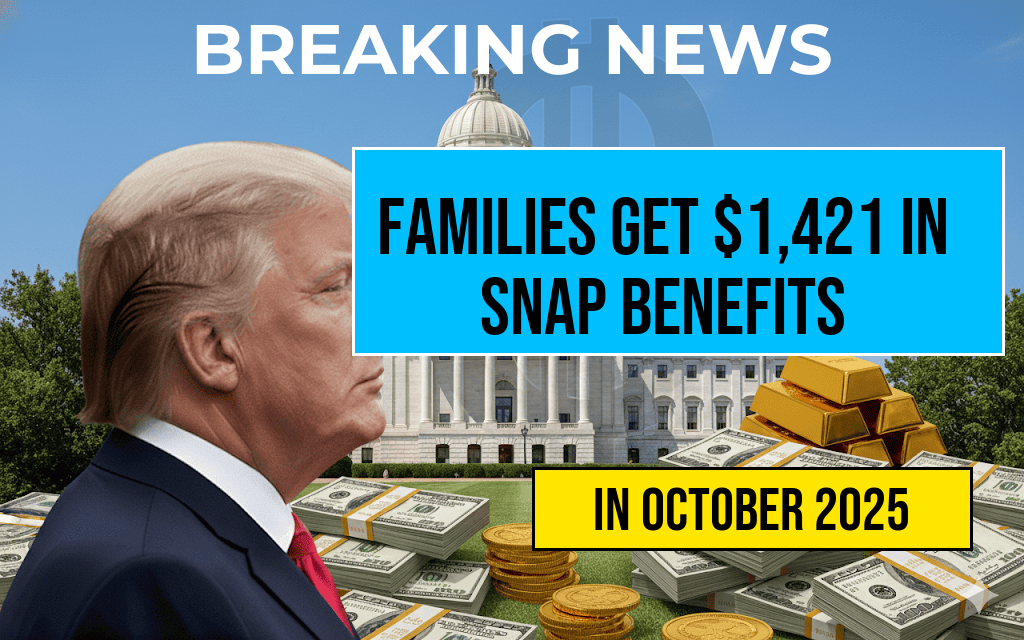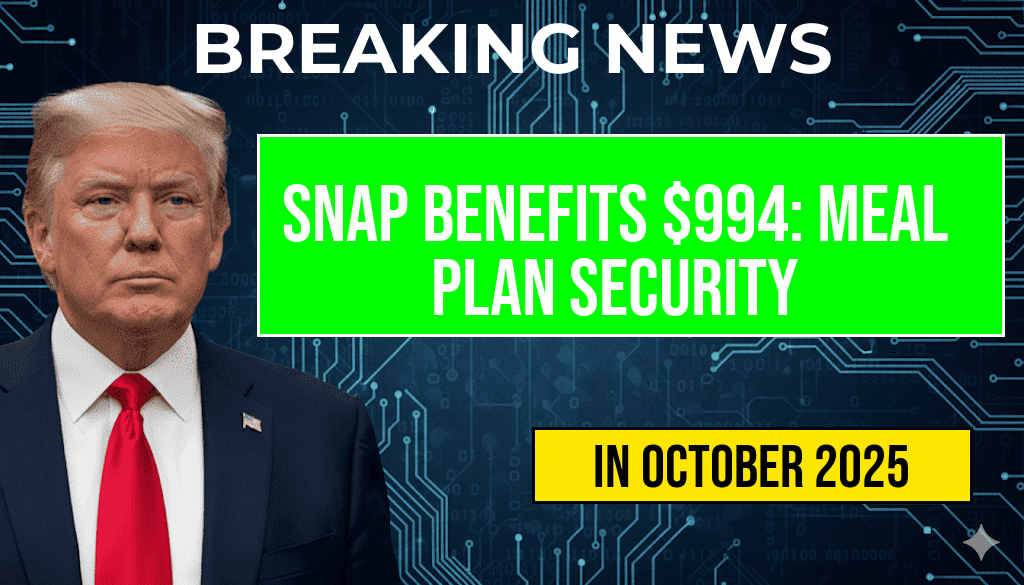IBR Pause Led to Hundreds of Dollars in Losses for Some Borrowers; Refunds Promised, Date to Be Determined
A recent pause in the Income-Based Repayment (IBR) program has left hundreds of borrowers facing unexpected financial setbacks, with some losing hundreds of dollars due to missed or delayed payments. The disruption, initiated by technical issues within the Department of Education’s (DOE) online systems, has prompted widespread concern among borrowers relying on flexible repayment options. Although officials have assured affected individuals that refunds will be issued, they have yet to specify when affected borrowers can expect to receive their funds. The situation underscores ongoing challenges within federal student loan management and raises questions about the agency’s ability to handle large-scale system updates without unintended consequences.
What Triggered the IBR System Pause?
The IBR program, designed to make student loan repayment more manageable by capping monthly payments at a percentage of income, experienced an unexpected pause earlier this month. According to DOE officials, the interruption was caused by a technical malfunction during system maintenance intended to update income verification processes. During this period, some borrowers reported inaccuracies in their payment calculations, with others experiencing missed payments or delays in processing. The department acknowledged the issue shortly after it surfaced, emphasizing that the pause was a temporary measure to prevent further errors.
Impact on Borrowers and Financial Consequences
While the majority of borrowers continued their payments without disruption, a subset encountered significant financial losses. Some individuals reported overpayment errors, leading to refunds of hundreds of dollars, while others faced underpayments that resulted in increased debt or late fees. For instance, a borrower from Ohio recounted losing approximately $400 due to a miscalculated payment during the outage. “It was stressful to realize I had overpaid, only to be told I’d have to wait weeks for a refund,” they said.
Experts warn that such system failures can have cascading effects, especially for borrowers on tight budgets who depend heavily on the flexibility of income-driven plans. “Any disruption in repayment processing can erode the trust in these programs, which are essential for many who are managing financial hardships,” remarked Dr. Laura Simmons, a student loan policy analyst at the Urban Institute.
Promises of Refunds and Uncertain Timelines
The Department of Education has committed to reimbursing borrowers affected by the technical glitch. In a recent statement, officials assured that “all impacted borrowers will receive appropriate refunds for any overpayments or incorrect deductions.” However, they did not provide a specific timeline for these reimbursements, citing ongoing assessments of the scope and complexity of the claims. The department also assured that affected individuals would be notified directly once refunds are processed.
| Number of Borrowers Affected | Estimated Overpayment Loss | Refund Status |
|---|---|---|
| Approximately 1,200 | $200 – $500 per individual | Refunds in progress; dates TBD |
| Other cases | Variable; some underpayments | Under review |
Broader Context and Future Implications
This incident highlights the fragility of federal student loan management systems amid frequent updates and policy shifts. The DOE has faced similar challenges in recent years, especially with the transition to income-driven repayment programs. Experts advocate for increased investment in technological infrastructure and transparent communication to prevent future disruptions.
Additionally, the pause and subsequent errors have fueled calls from consumer advocates for greater oversight and accountability. “Borrowers should not bear the brunt of administrative failures,” stated Maria Lopez, director at the Student Loan Justice Alliance. “Clear timelines and effective communication are essential to maintain trust and ensure fairness.”
Resources and Next Steps for Borrowers
- Check your account: Borrowers are advised to monitor their official student loan portal for updates on refund processing.
- Contact support: Those experiencing discrepancies should reach out to the DOE’s customer service for clarification and assistance.
- Stay informed: Keep an eye on official DOE communications and reputable financial news sources for the latest developments.
As the department works through the technical issues, affected borrowers are encouraged to document any errors or financial losses carefully. While the department has not yet announced a definitive date for refunds, officials stress their commitment to resolving the matter swiftly and equitably.
For more information on federal student loan programs and borrower rights, visit Wikipedia’s Student Loan page or the Federal Student Aid website.
Frequently Asked Questions
What caused the IBR pause and how did it affect borrowers?
The IBR pause was implemented due to recent policy changes, leading to hundreds of dollars in losses for some borrowers who experienced delayed or missed payments during this period.
Are refunds being provided to affected borrowers?
Yes, refunds are promised to those who faced financial losses due to the IBR pause. However, the exact date when refunds will be issued is still to be determined.
When will the refunds be available for affected borrowers?
The refunds are scheduled, but the date has not yet been announced. Borrowers are advised to stay updated through official channels for future notifications.
How can borrowers verify if they are eligible for a refund?
Borrowers should review their account statements and contact their loan servicers to confirm eligibility for refunds related to the IBR pause.
What steps should affected borrowers take if they experienced financial losses?
Affected borrowers should document their losses and reach out to their loan servicers to submit claims or inquiries regarding refunds and potential compensation.










